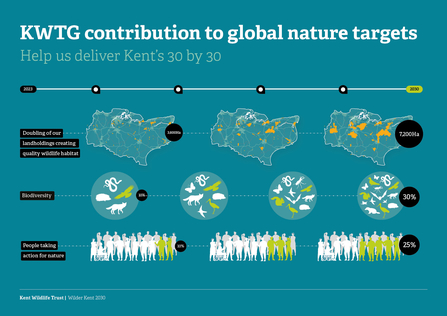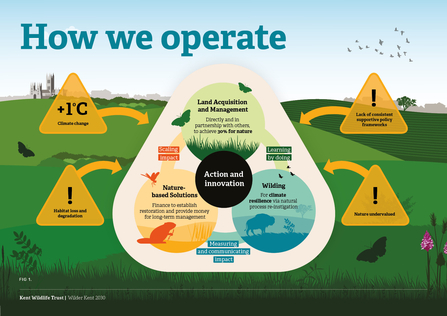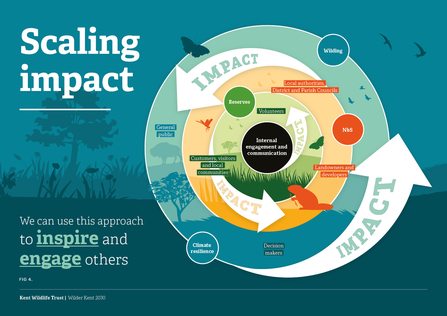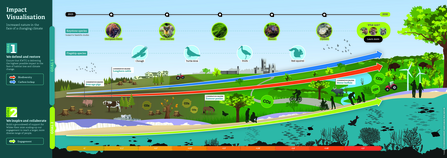As I recently wrote in my intro to our Spring members magazine, it’s an exciting year for Kent Wildlife Trust as we launch our refreshed strategy: Wilder Kent 2030, which will take us through this critical decade.
Why is 2023 critical? Antonio Gutierrez, Secretary-General of the UN recently states that: "2023 is a year of reckoning" when we have to deliver “game changing action” for biodiversity. And he is spot on.
This is because by 2030, we need to have set in motion all the key actions to reverse the loss of nature and reach net zero by 2050. This gives us 7 years to massively scale up our activities, over which time Kent could be experiencing 3-4 degree higher temperatures (1.5 degrees globally doesn’t mean locally, and definitely not in the water-stretched southeast of England).
Working with others, we have to protect more of the remaining nature we have, and – crucially – restore lots more dynamic, joined up, bigger, better-quality habitat to enable our wildlife to adapt to climate change.
We need to make 30% of land and sea richer in wildlife by 2030 – turning our long-standing KWT goal, as now captured in national Government targets, and international obligations (the Kunming-Montreal biodiversity targets that the UK signed up to last December) – into reality. This becomes our contribution to solving critical global problems.




